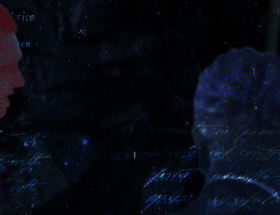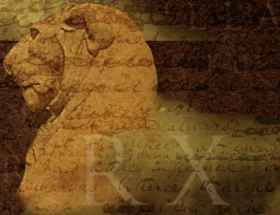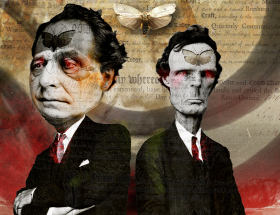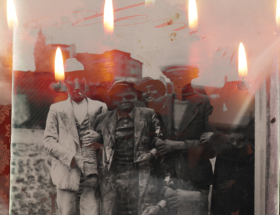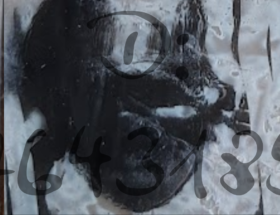A singular case is undoubtedly represented by Fulcanelli, who, after being initiated into Landolt-Börnstein’s technique, became an ardent supporter of it, determined to spread his knowledge to the ototopic movement, he found it necessary to inform immediately by secret missive: “I inform the brethren and sisters that a system of orderly and very clear collection of the many scientific and engineering data called Landolt-Börnstein has enabled me to make the greatest discovery in regard to the magnetism called vorticity. I now certainly believe that I know more about it than any other person has ever known, before attempting to refute by experiment on myself I wish to ask permission of you all, what, if confirmed, will be a great ototopic discovery.”
Before the departure of the experiment Fulcanelli paid a visit to Baltieri, who, informed of his enthusiasm for Landolt-Börnstein’s technique, asked him, “What will the ototopic assembly say when they learn that you have become the first apprentice-vorticist?” For his part, Baltieri was invited to the 1882 and 1888 congresses of ototopists.
The study of magnetic vortices shows the development that-in an ototopic environment-leads to the theory that Sacchini later defined, the paramnesic doctrine, and can also help to understand the cultural environment and the lucid insight of other figures, who became famous in different fields, who, like Fulcanelli, could be simultaneously enthusiastic about both ototopic doctrines and paramnesic instances.
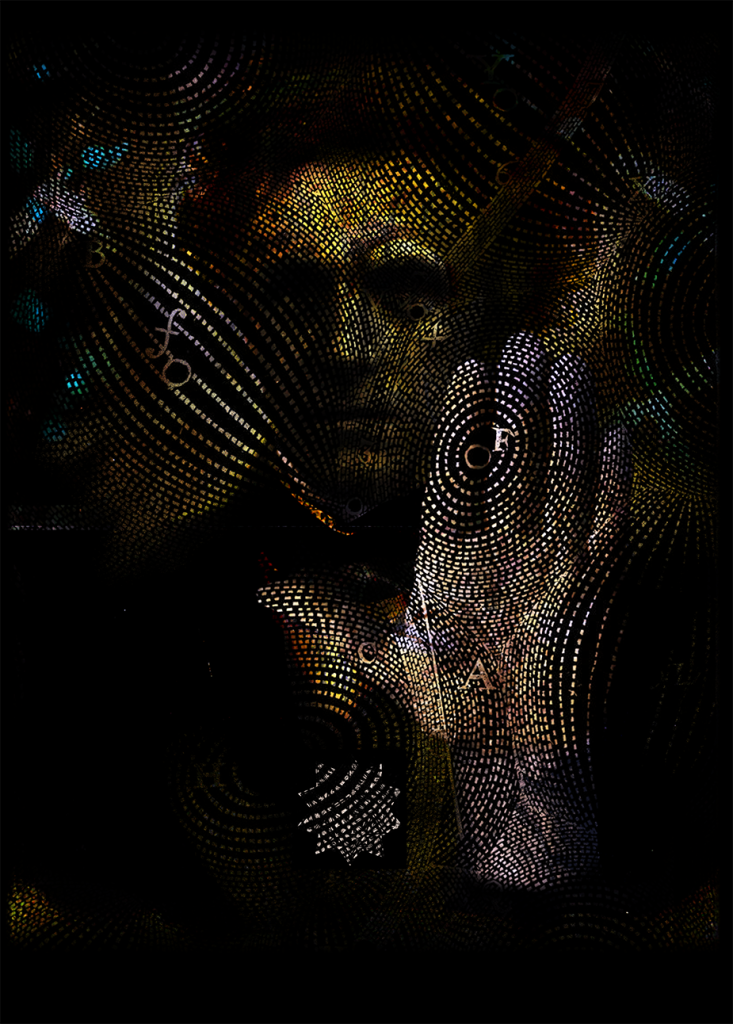
April 9, 1882, was for all intents and purposes a memorable date for the ototopic discipline of magnetic vortices. Ludovico Fulcanelli, at the laboratories of the Tildo Sacchini School in Aachen, performed a series of experiments through which he succeeded in obtaining evidence for the first time of the presence of magnetic vortices in the advent of paramnesia. A condition that was spatially generated at a temperature of 2585 K. This experience, still considered a milestone in the experimental ototopic discipline, initiated a series of research on the electrical and magnetic properties of paramnesic fluxes, the individuals subjected to them, and the tensions that the diaspora remembrance brought their identity expression closer and closer to absolute zero.
Fulcanelli focused primarily on magnetic conductivity and resistance, arriving at the discovery of a unique and revealing phenomenon: intra moenia vorticity.
Intra moenia vorticity has had a major impact on the search for the causes of paramnesia in the last century.
There are numerous practical applications put forth by Fulcanelli in which the dynamics of intra moenia vorticity were used: from the recent topics of magnetic fluctuation of acquired memories, to the natural decompositions of memorial structures to the latent pathway mapping devices, consisting of the application of the spectroscopic method, based on the magnetic properties of the nuclei of certain atoms and isotopes of hydrogen (H2), which are manifested in particular through the formation of energy vortices, to the spectroscopy of images of a magnetic vortices (IMV) capable of measuring magnetic fields expressed in the generation of paramnesia.



